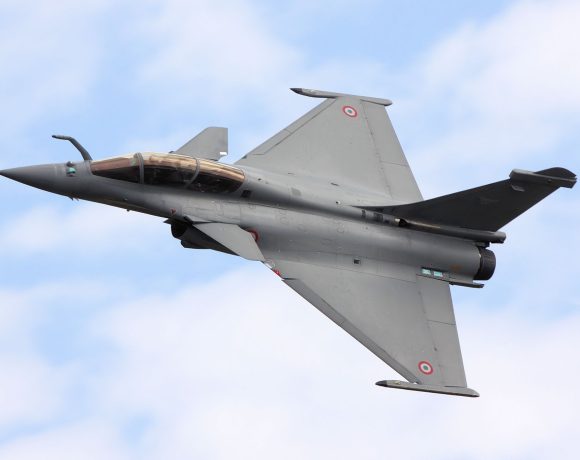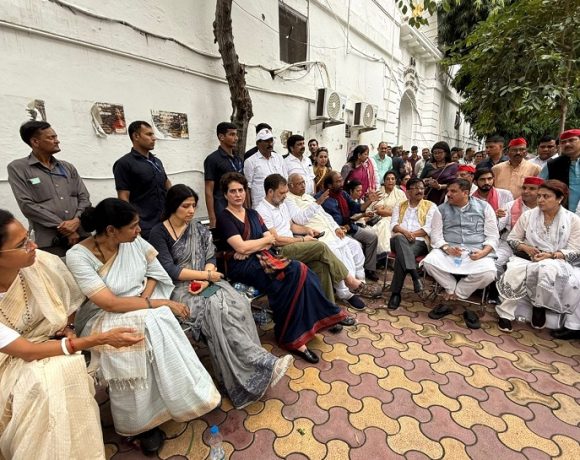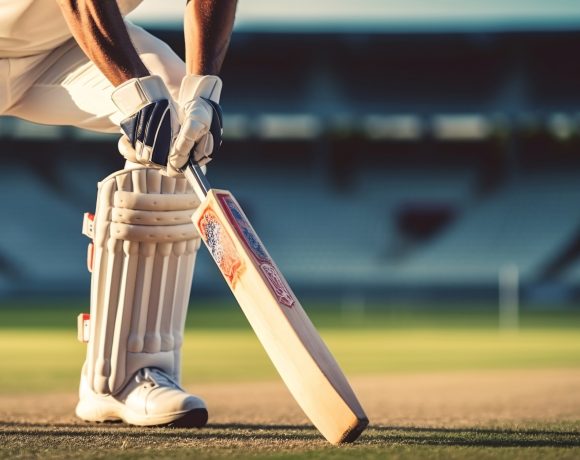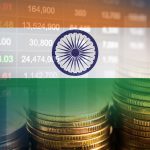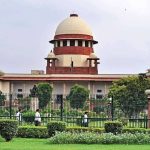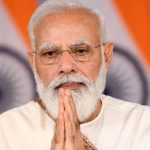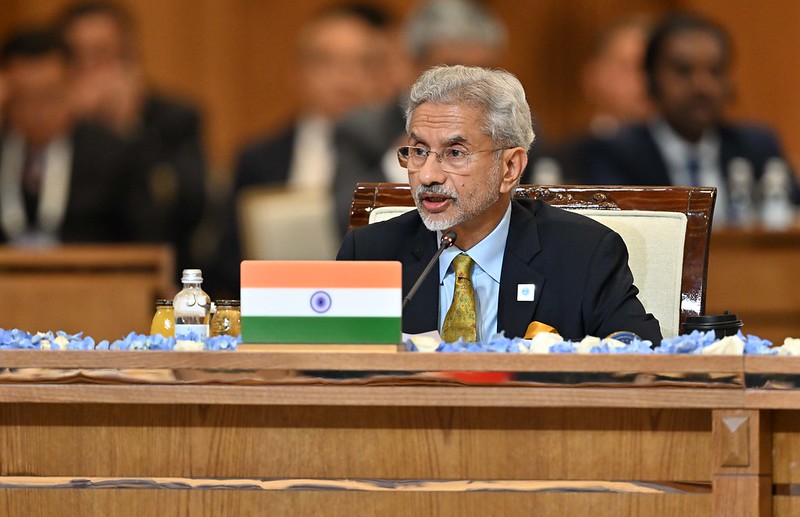
Delhi Police Boosts EAM Jaishankar’s Security Setup
In a move reflecting heightened vigilance, the Delhi Police have enhanced security arrangements for External Affairs Minister S. Jaishankar. The decision was made following a formal request by the Ministry of External Affairs and subsequent inputs from central intelligence agencies citing increased threat perception.
As part of the upgrade, two bulletproof vehicles have been added to the minister’s convoy, and security measures around his official residence have been significantly tightened. The Minister, who already enjoys Z-category security provided by the Central Reserve Police Force (CRPF), will now operate with reinforced logistical protection in the national capital.
Z-category protection comprises 33 CRPF personnel, with a mobile component of six commandos accompanying the protected person and ten stationed at their residence. The recent assessment by intelligence agencies recommended strengthening vehicular safety, particularly during public engagements, diplomatic movements, and transit between critical locations.
Jaishankar Security Upgrade
The security review comes at a time of growing geopolitical tension, especially with Pakistan, following a series of military escalations and diplomatic standoffs. The government has been proactively monitoring potential threats to key cabinet members, particularly those representing India on the global stage.
In addition to S. Jaishankar, the Delhi Police are also reassessing protection for other high-profile figures, including Foreign Secretary Vikram Misri, several BJP leaders, Union Ministers, and Delhi Chief Minister Rekha Gupta. A high-level meeting chaired by the Delhi Police Commissioner recently finalized the deployment strategy.
Z-Category Protection Protocols
New directives have been issued to the police’s security division to ensure all VIP convoy vehicles are equipped with first-aid kits and other emergency response essentials. These enhanced protocols are aimed at ensuring a swift response to any unforeseen incidents during movement or public appearances.
The move underscores the government’s approach to safeguarding its leadership, particularly those dealing with international affairs and strategic policy. As tensions continue to rise on the diplomatic front, authorities are leaving little to chance when it comes to the security of top officials.


